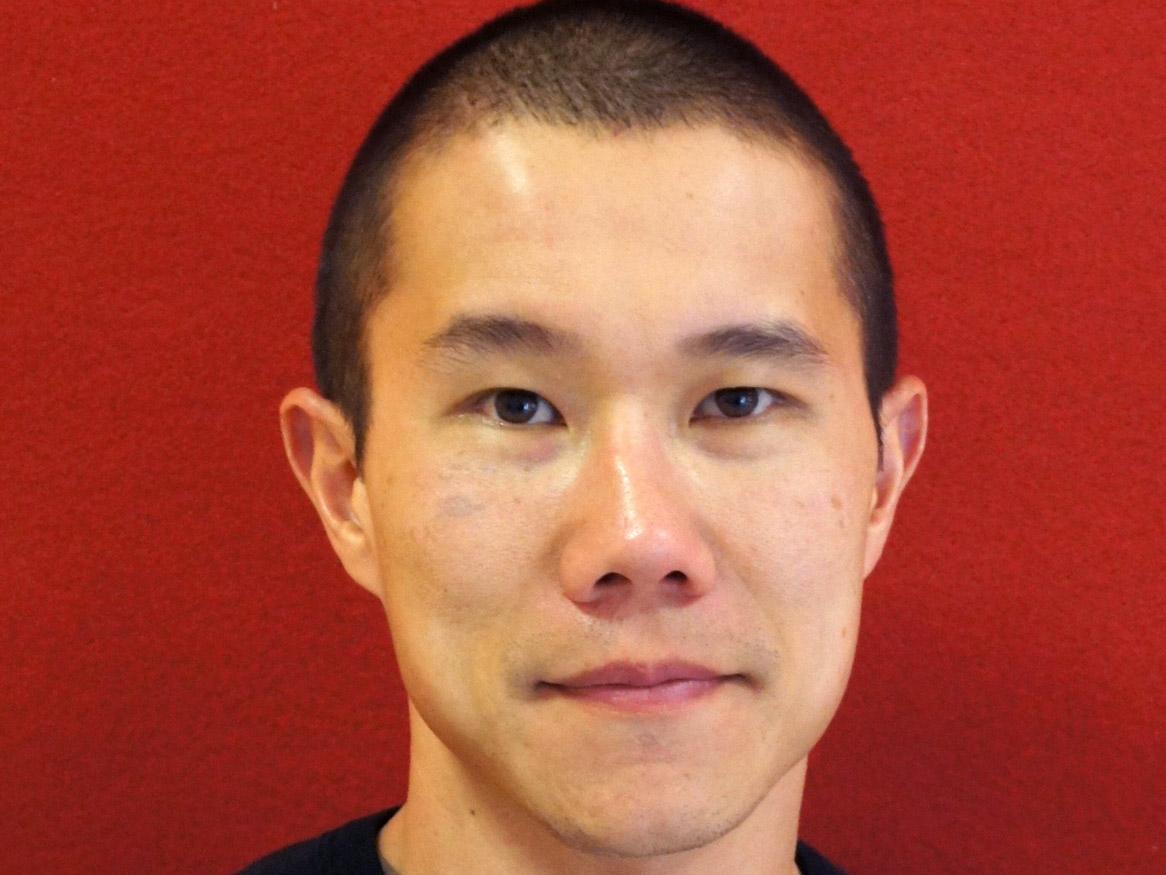Predicting concentration-gradient-driven fluid flow in 2D membranes
Work with soft condensed matter theory and computation scientists in this chemistry project that aims to predict concentration-gradient-driven fluid flow in two-dimensional (2D) membranes.
Transport of liquid mixtures and solutions through porous membranes is central to many processes of practical and fundamental significance, including water desalination and purification, chemical separations, energy generation and storage, sensing, and biological homeostasis. But membrane-based technologies are often limited by the inadequate performance of current membranes.


Membranes made from 2D materials, such as graphene or hexagonal boron nitride, hold exceptional promise for tackling many of these challenges. But large gaps in knowledge of transport processes in 2D membranes, particularly those driven by concentration gradients, prevents predictive design and optimisation of 2D membranes for applications.
The aim of this project is to develop an unprecedented theoretical understanding of the fluid and membrane parameters that control concentration-gradient-driven transport of liquid mixtures and solutions through 2D membranes and to investigate deviations from continuum hydrodynamics due to molecular effects that can potentially be harnessed for applications.
The project will address these issues using novel non-equilibrium molecular simulation algorithms for concentration-gradient-driven flow that we have developed, along with finite-element continuum hydrodynamics simulations and theory.

Supervisor
Associate Professor David Huang
Research area: Theoretical chemistry, computational chemistry, physical chemistry, chemical physics - Huang Group, School of Physical Sciences
Recommended honours enrolment: Honours in Chemistry
